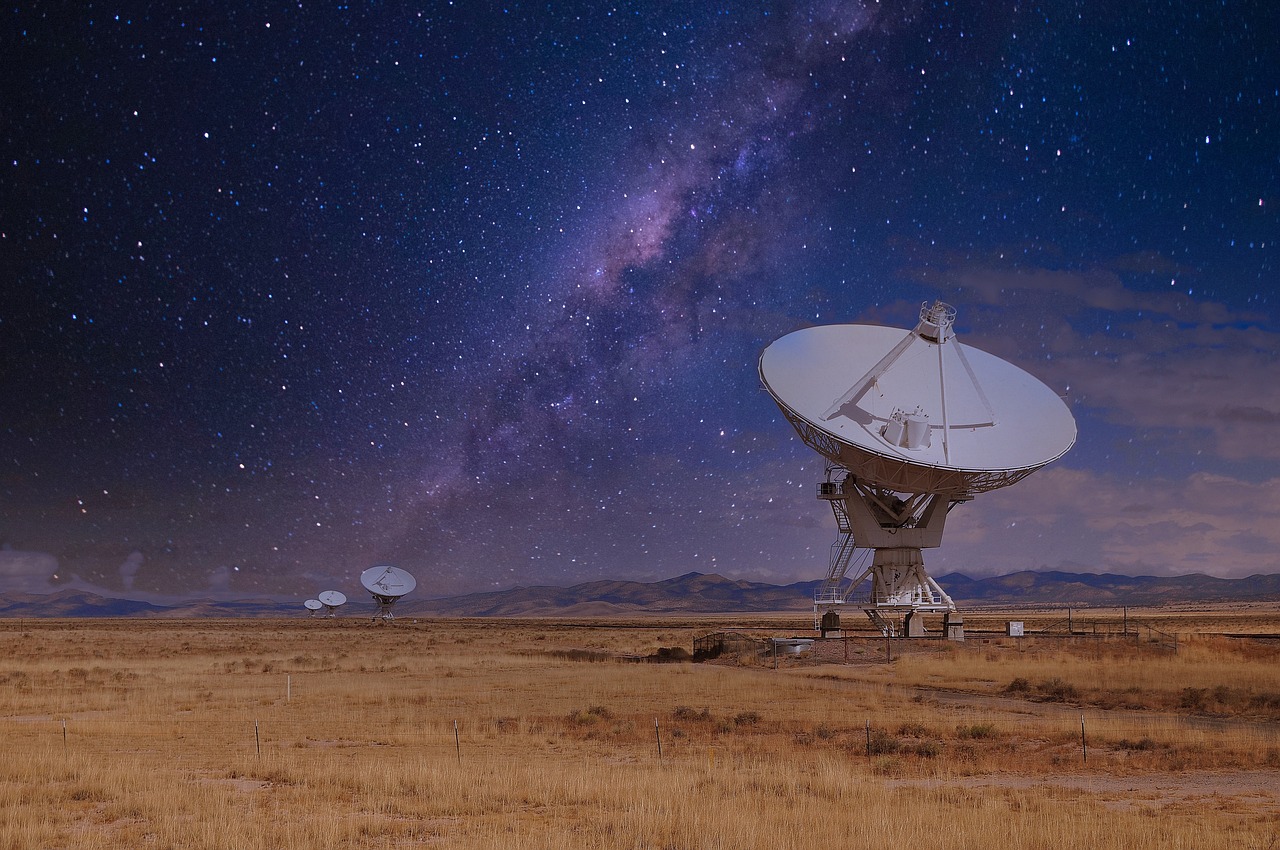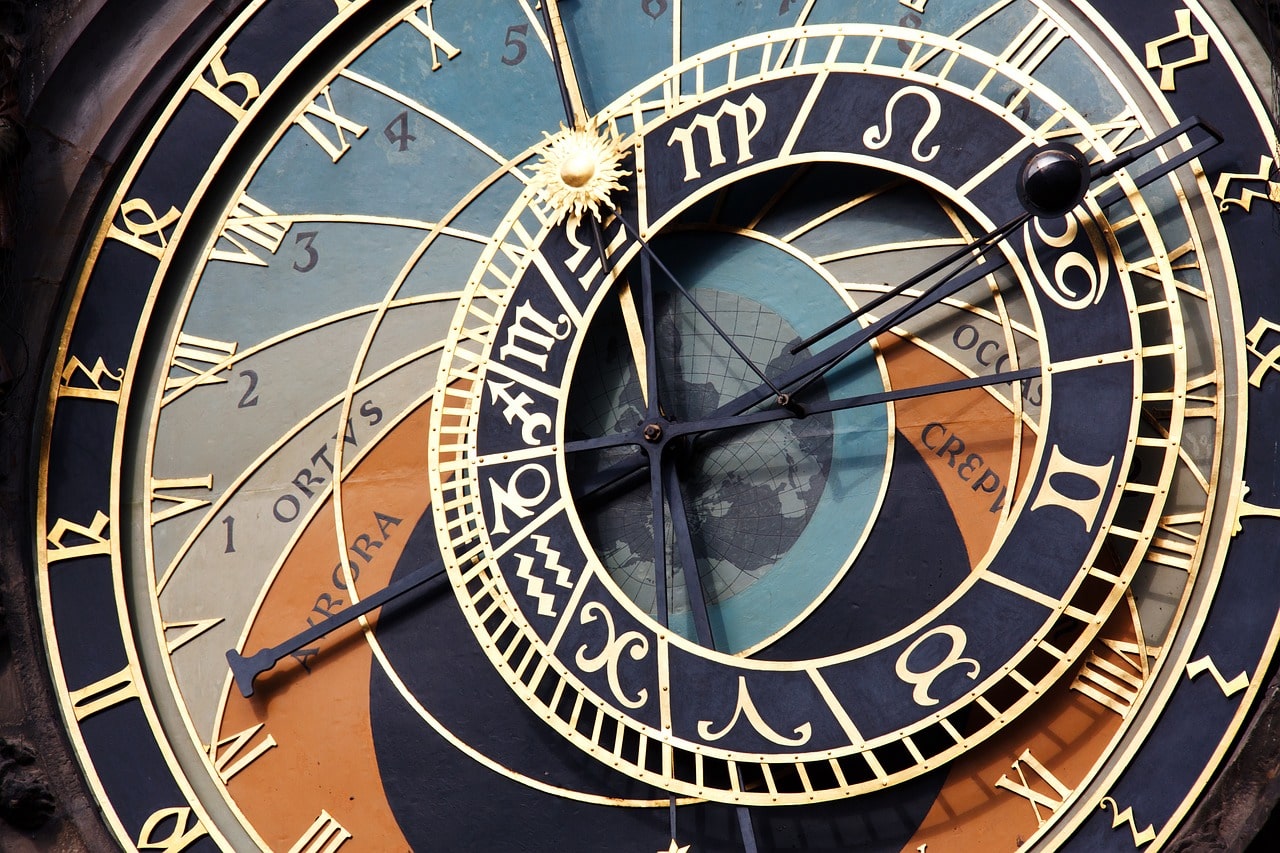What Is Universal Time?
Universal Time (UT) is a time standard based on the Earth's rotation. It represents the mean solar time at the prime meridian (0° longitude), effectively reflecting the average speed of the Earth's rotation. It's the modern version of Greenwich Mean Time (GMT), which was once the world's leading time standard.

UT is crucial because it serves as a basis for all other timekeeping systems, helping to synchronize activities worldwide. It is essential for international flights, space missions, or coordinating time zones.
The Origins of Universal Time
The concept of Universal Time has its roots in the late 19th and early 20th centuries. As global communication and travel began to increase, there was a growing need for a time standard everyone could agree on. GMT was used widely initially, but scientists needed a more precise system as technology improved. This led to the development of UT, which considers the Earth's slightly irregular rotation.
Universal Time was officially adopted in 1928 by the International Astronomical Union (IAU). It was based on the mean solar time at the Prime Meridian in Greenwich, England. Since then, UT has become the foundation for modern timekeeping.
Different Versions of Universal Time
Universal Time (UT) has several versions, each serving specific purposes. These variations help scientists, navigators, and others work with time in the most accurate way possible.
UT0
UT0 is the most basic form of Universal Time. It's determined by observing the positions of distant stars and calculating the mean solar time at the Prime Meridian in Greenwich, England. However, UT0 doesn't account for the slight wobble in the Earth's axis, known as polar motion. Because of this, UT0 is not the most accurate version of Universal Time and is mostly of historical interest today.
UT1
UT1 is a more refined version of UT0. It corrects for the Earth's polar motion, which makes it more accurate for specific scientific and navigational purposes. UT1 reflects the actual rotational position of the Earth, making it essential for astronomy, where precise timekeeping is critical for tracking celestial objects. It's also necessary for any application that depends on the exact position of the Earth relative to distant stars.
Astronomers use UT1 for timing observations. It is one of the two foundations of Coordinated Universal Time (UTC). The other foundation is International Atomic Time (TAI), measured by precise atomic clocks. As Earth's rotation slows, UT1 diverges from TAI. A leap second is added to keep UTC close to UT1 before their difference exceeds 0.9 seconds. Thus, UTC and UT1 differ by less than a second.
UT2
UT2 is a version of Universal Time that accounts for the Earth's polar motion and seasonal variations in its rotation speed. Factors like the redistribution of mass within the Earth changes in the atmosphere, and ocean currents cause these seasonal variations. From 1956 to 1972, UT2 was the globally recommended standard for radio broadcasting. More accurate time standards have since superseded it.
Other Versions
In addition to the main versions of Universal Time, there are several sub-types like UT1R and UT1D. These variants address factors influencing the Earth's rotation speed, such as tidal effects. UT1R accounts for specific periodic variations, while UT1D considers long-term changes. Though they provide more detailed adjustments, these versions are primarily used in specialized scientific contexts.
Other Astronomical Time Scales
In addition to Universal Time (UT), several other time scales are used in astronomy to account for different aspects of celestial phenomena. Sidereal Time measures the Earth's rotation relative to distant stars rather than the Sun, providing a basis for tracking star positions. Ephemeris Time was used historically to calculate planetary positions but has largely been replaced by modern atomic time scales. Barycentric Dynamical Time (TDB) is used for precise calculations involving the Solar System's barycenter, while Terrestrial Dynamical Time (TDT), now replaced by Barycentric Coordinate Time (TCB), was used for high-precision astronomical observations. These time scales help astronomers make accurate predictions and observations of celestial events.



